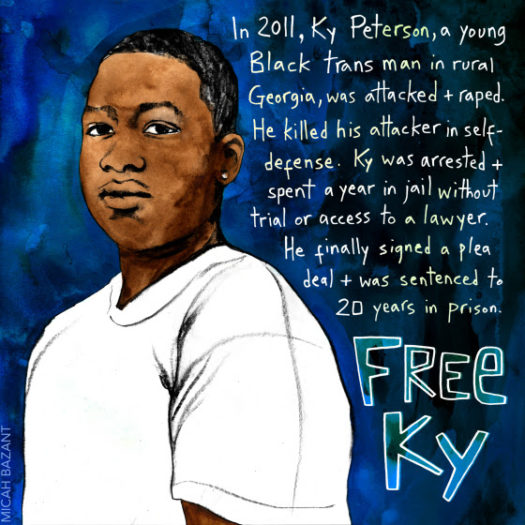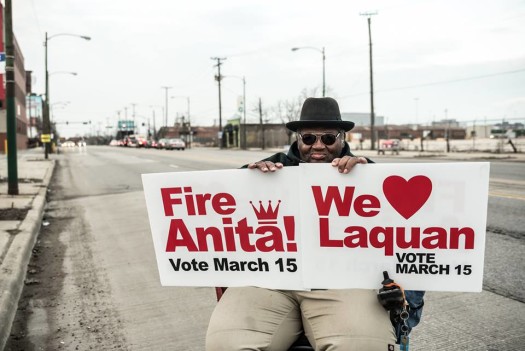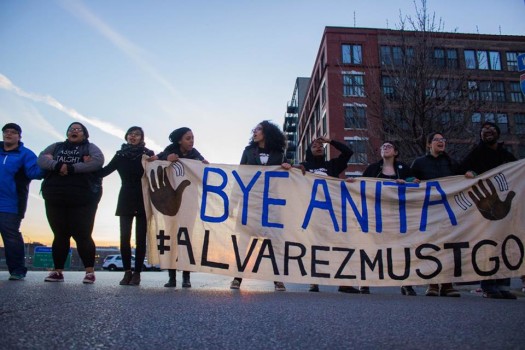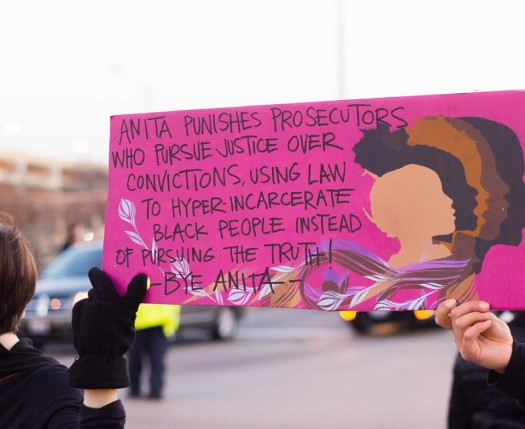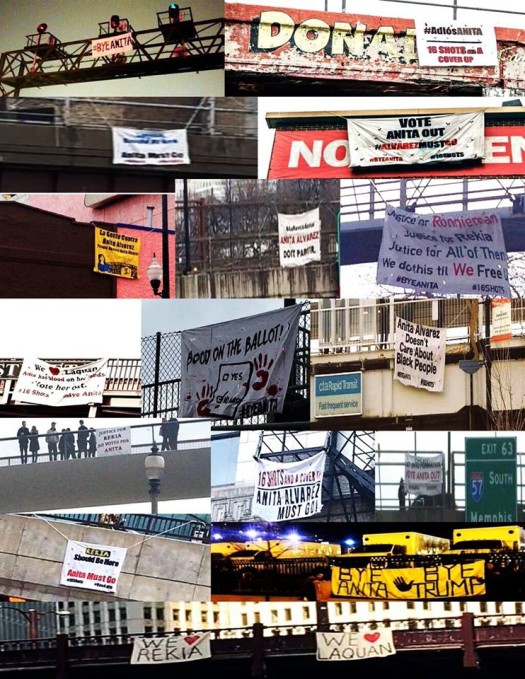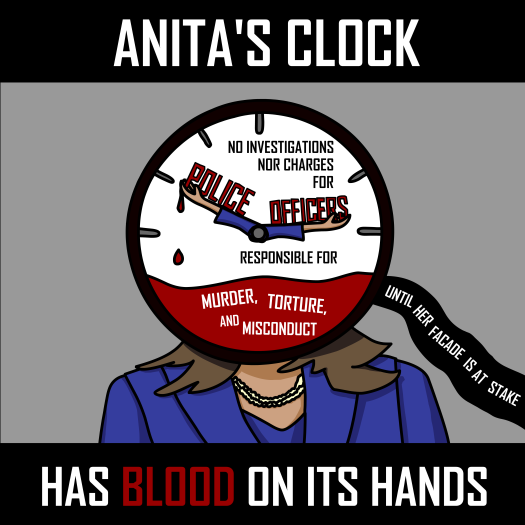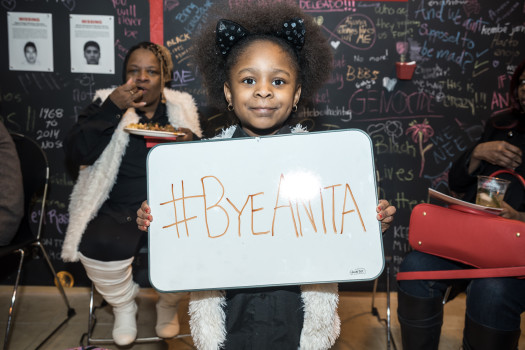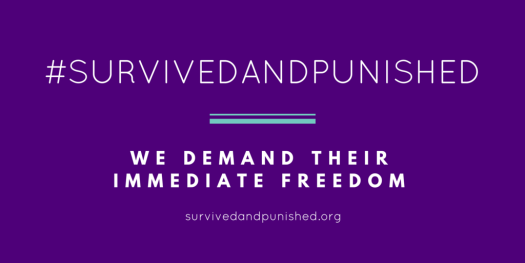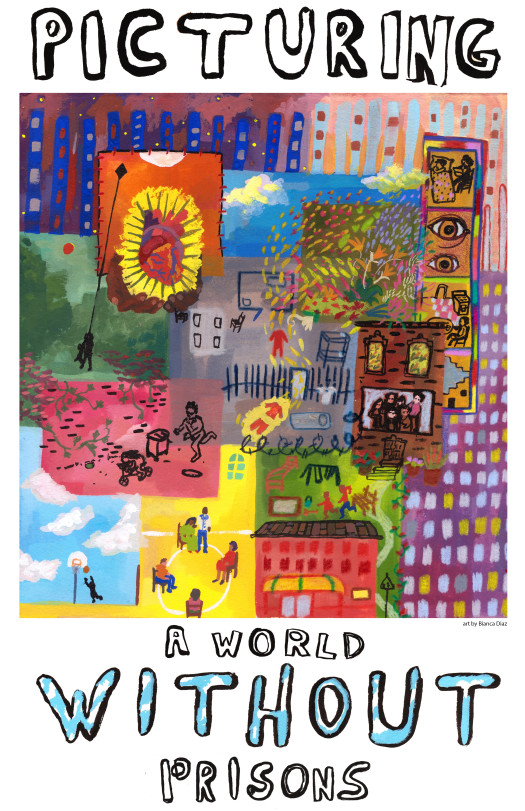Host Teach-Ins about Bail and Pretrial Detention This Fall…
One of the most effective means to directly impact mass incarceration is to end cash bail and pretrial detention. There is a burgeoning local and national movement to do just this. Join in the movement by educating your communities about bail reform through organizing local teach-ins. Earlier this year, Several organizations partnered to create a curriculum resource about transformative bail reform. You can download that resource here.
If you are a college student, you are well positioned to contribute to the growing movement to end cash bail and pretrial detention. Take a first step by organizing a teach-in in your community this fall. Below are some tips and ideas for how to do this.
Teach-ins are educational, interactive forums where people come together to focus and discuss a topic. They are meant to be practical, participatory, empowering, and action-oriented. Lectures, forums, discussion panels, and free debates can all be part of teach-ins. Teach-ins are often held on college campuses, but can also be hosted at libraries, houses of worship, and community centers. Teach-ins are an important tactic for personally engaging people, and building an effective, responsive movement.
ORGANIZING PRACTICALITIES:
Gather your organizers. A small group of students or volunteers can organize the teach-in. Set a date for your first meeting, and start inviting people.
Educate yourselves about the issue. Watch this video discussion about bail reform from an abolitionist perspective hosted by Critical Resistance. Read the following one pager about key points in bail reform. Check the resources section in the transformative bail reform curriculum linked below.
Structure the program. First, determine what you want the teach-in to look like. Length of the teach-in can be an all-day Saturday event, a half-day week-day event, or an evening event of 2-3 hours. Weekend events may be preferable, as people can set aside more time and will be fresher than after a workday. Possibilities include speakers, panel discussions, films, and facilitated dialogue with a speaker. The first half could be devoted to discussing the issues, and the second half devoted to response, with a networking intermission in between. You can have several speakers or center your event on 1-2 speakers.
Outline the content. Use the following Transformative Bail Reform curriculum as the basis for mapping out your teach-in event. There are suggested activities and a list of resources included here.
Set a date. Set the date(s) well in advance—a 30-40 day planning horizon is suggested, to line up speakers and reserve a meeting space. Choose a date or dates that works well for your group, speakers, audience, and semester schedule.
Reserve a space well in advance. Public spaces often are booked well in advance, so make this an early priority. Options include universities, colleges, libraries, houses of worship, union halls, and community centers. Choose a site with sufficient seating for the anticipated turnout, that is easy to find, readily accessible, and with proper sound / lighting systems. If the event is an all-day event, make sure there are restaurant options nearby or you will need to provide food. Many places will donate the space or offer a discount if you tell them it is a free public education event.
Arrange speakers well in advance. Look for speakers who can communicate the bail/pre-trial detention issue well in everyday language, not jargon. Possibilities include formerly incarcerated people & their families, professors at your local university’s law school or criminal justice program, local leaders taking a stand for criminal punishment reform, and anti-criminalization advocates with local organizations. Some speakers will charge fees – ask your school if it has funds reserved for invited speakers.
Find co-sponsors. Co-sponsors will help promote the event through their own networks, and can help with the organizing. Make sure responsibilities and time-lines are clearly defined for each party. Co-sponsoring organizations can set up tables in back to provide attendees with an opportunity for further engagement.
Handle various details. Arrange lunch if needed and / or snack table—ask local businesses to donate, or have organizations pick up costs. Arrange for facilitators, setup and cleanup crews, an AV/light person (they should confirm the system in advance), a photographer, a video person, someone to pass around sign-up sheets, tabling volunteers, and a coordinator to confirm volunteer commitments two days ahead. Create a sign-up sheet, a take-home follow-up action sheet, and a program schedule sheet if needed.
Publicize. Create posters, flyers, leaflets, sidewalk chalk, Facebook event page, and radio announcements. Post on website calendars. Personally invite key people (local leaders, government officials, professors), and remind them within a few days prior. Posters around campus should be placed within a week of the event, and may need to be stamped. Have tables in the student union in the days prior. Go door-to-door in the dorms. Hand out leaflets personally at key locations on campus. Ask professors of large classes if you can briefly announce the teach-in at the beginning of their class. Ask professors to give extra credit for attendance.
Cover your costs. Make the event free, so that all can attend. If funding is not available to cover costs, a cosponsor that is a 501c3 nonprofit org can ask for donations. If you decide to provide lunch, then suggest a donation amount in an announcement.
Build future support and follow-through. Ideally, teach-ins should be part of a larger movement-building process, not a one-off event. Maybe this bail/pretrial detention teach in can be the basis of more organizing on the part of event organizers and your broader campus community. Capture the energy of participants who are eager to respond. Have a table with literature, and a letter-writing table. Pass around a sign-up list, asking for names and email addresses. Send a follow-up email to those who signed up thanking them for their attendance and desire to respond. Plan a fundraiser for your local bail/bond funds.
